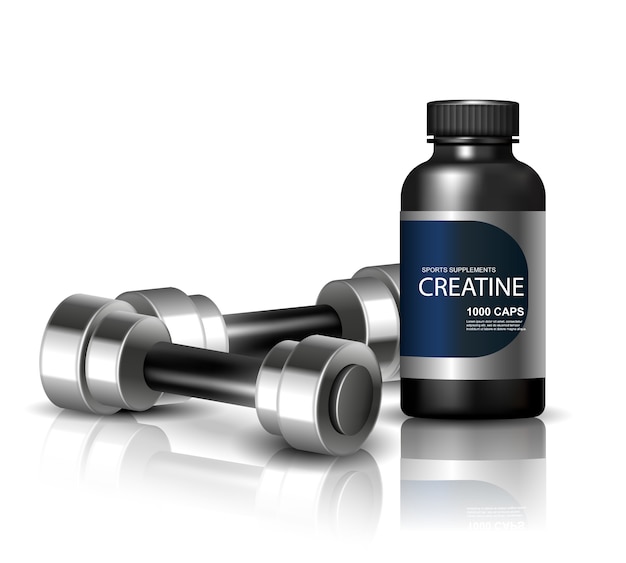28 Science-Backed Ways Olympic Lifting Can Help Balance Hormones & Manage PCOS
Polycystic Ovary Syndrome (PCOS) affects millions of women worldwide, often leading to hormonal imbalances, insulin resistance, weight gain, and fertility challenges. While medication and diet play crucial roles, strength training—particularly Olympic lifting—has emerged as a powerful, underutilized tool for managing PCOS symptoms and restoring hormonal harmony.
Why Olympic Lifting Works for Hormone Balance
Olympic lifting, which includes movements like the clean and jerk and the snatch, involves explosive, full-body exercises that engage multiple muscle groups. These high-intensity, compound movements trigger a cascade of hormonal responses that can counteract the imbalances seen in PCOS.
Unlike steady-state cardio, Olympic lifts boost growth hormone and testosterone (in healthy amounts), improve insulin sensitivity, reduce cortisol over time, and enhance metabolic rate—all of which are critical for women with PCOS.
28 Ways Olympic Lifting Supports Hormonal Health in PCOS
- Improves insulin sensitivity through muscle glucose uptake
- Reduces visceral fat, a key contributor to hormonal imbalance
- Increases lean muscle mass, boosting resting metabolism
- Stimulates growth hormone release for tissue repair and fat burning
- Enhances mitochondrial function for better energy production
- Regulates cortisol when programmed with adequate recovery
- Supports healthy testosterone levels without excess elevation
- Improves leptin sensitivity, reducing appetite dysregulation
- Boosts dopamine and endorphins, improving mood and reducing cravings
- Enhances sleep quality through nervous system regulation
- Reduces systemic inflammation linked to PCOS progression
- Strengthens bones, countering osteoporosis risk from hormonal fluctuations
- Improves posture and body image, supporting mental wellness
- Increases core stability, supporting pelvic health
- Builds confidence through measurable strength gains
- Encourages consistent routine, stabilizing circadian rhythms
- Enhances blood flow to reproductive organs
- Supports liver detoxification pathways via improved circulation
- Reduces reliance on chronic cardio, which can elevate cortisol
- Promotes lymphatic drainage through dynamic movement
- Improves neuromuscular coordination, enhancing brain-body connection
- Teaches breath control, aiding parasympathetic activation
- Encourages mindful eating through increased body awareness
- Provides structure to weekly routines, reducing stress
- Builds discipline that translates to other health habits
- Increases adiponectin, a hormone that improves insulin function
- Supports thyroid function through metabolic activation
- Reduces abdominal fat, a key site of estrogen production in PCOS
Weekly Training Targets for PCOS Management
Start with 2–3 sessions per week, focusing on technique before intensity. Each session should last 45–60 minutes.
- Week 1–2: Master form with light weights or PVC pipes. Practice 3x10 reps of squat, deadlift, and overhead press.
- Week 3–4: Introduce power clean from hang position, 3x5 sets with moderate load.
- Week 5–6: Add push press and jump squats; aim for 3x3 clean and jerk progressions.
- Week 7+: Perform full Olympic lifts with proper coaching. Target 2–3 heavy sets weekly.
Essential Safety Reminders
- Always warm up for 10–15 minutes with dynamic stretches and mobility drills.
- Use proper footwear with a flat, stable sole or Olympic lifting shoes.
- Train under qualified supervision when learning complex lifts.
- Never sacrifice form for heavier weights—progress gradually.
- Allow at least 48 hours of recovery between intense lifting sessions.
- Stay hydrated and prioritize sleep to support hormone regulation.
- Listen to your body—skip workouts if overly fatigued or stressed.
- Pair training with a balanced, anti-inflammatory diet rich in protein, fiber, and healthy fats.
Integrating Olympic Lifting into a PCOS Wellness Plan
Olympic lifting isn’t just about strength—it’s a holistic intervention. When combined with stress management, quality sleep, and mindful nutrition, it becomes a cornerstone of hormonal balance. Women with PCOS often feel disconnected from their bodies; strength training rebuilds that connection, fostering resilience and control.
Start small. Celebrate progress. Track not just strength gains, but also menstrual regularity, energy levels, and mood improvements. Over time, the cumulative effect of consistent, intelligent training can transform both body composition and hormonal health.
Remember: this isn’t about becoming an Olympian. It’s about using powerful, evidence-based movement to reclaim hormonal balance and vitality—one lift at a time.















